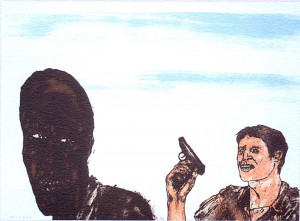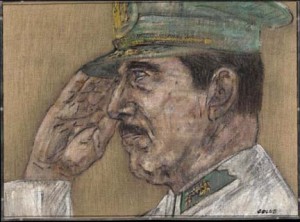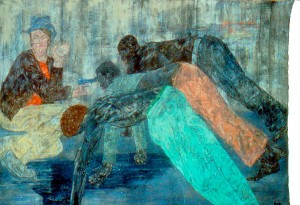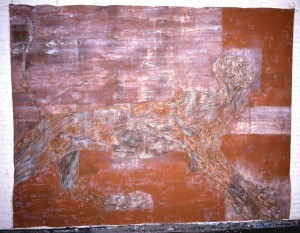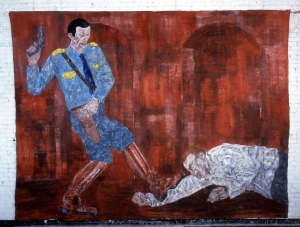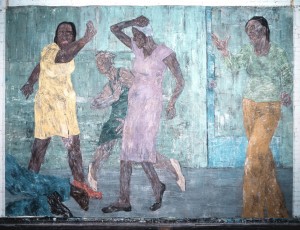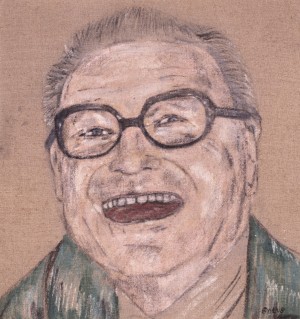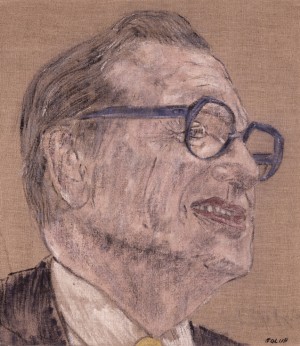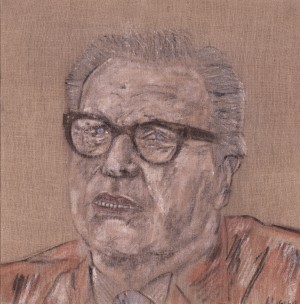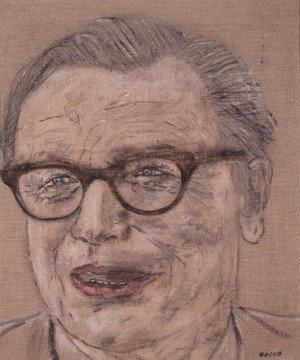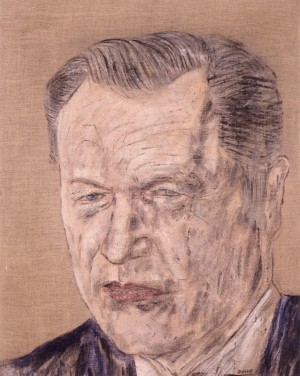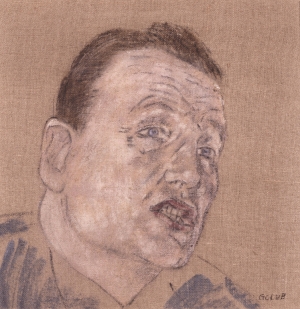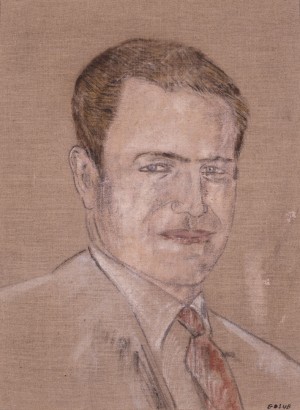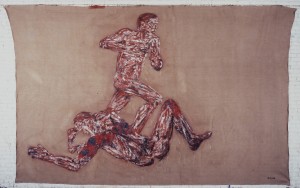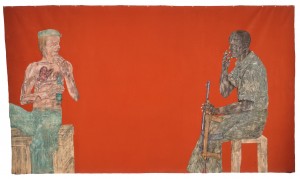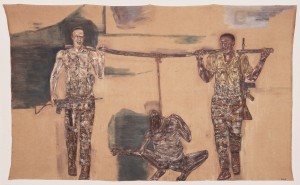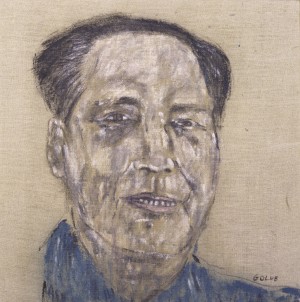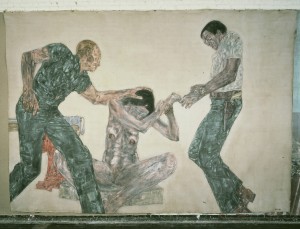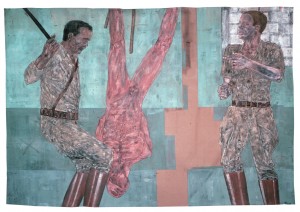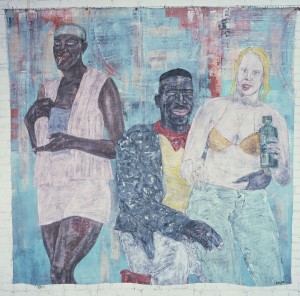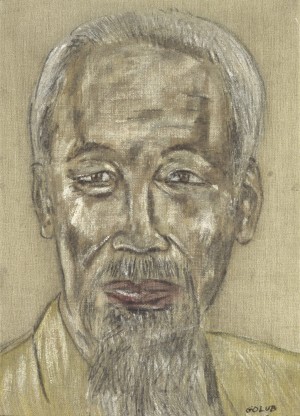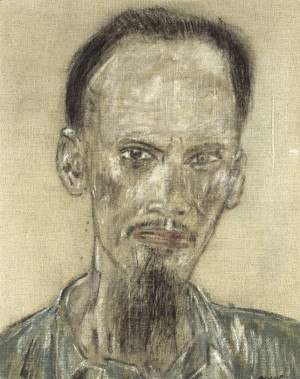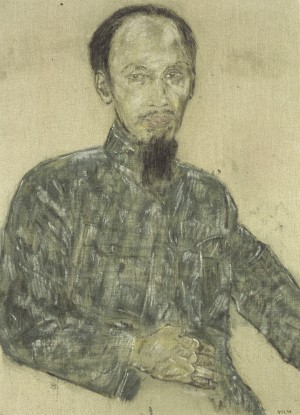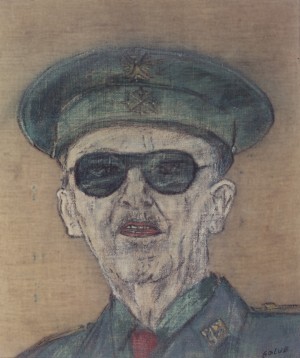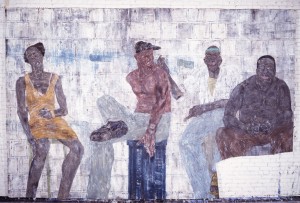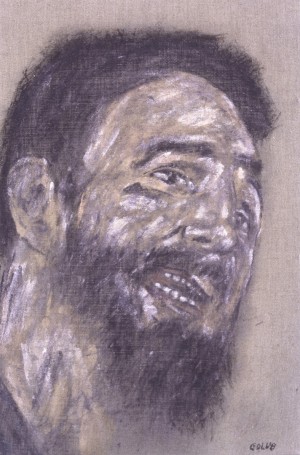Leon Golub
Artist Bio
Leon Golub started making art in the late 1940s, after serving in World War II as an army cartographer. Early in his career, Golub turned away from dominant abstract modes of painting, pervasive in the decades following the war, to create expressive figurative works that confront the dynamics of global power and its victims. His paintings consider the violence and torture in the shadows of governments (especially the U.S. government), out of view of the public and outside of the law. Golub’s method of painting, applying layers of oil and then scraping the surface with a meat cleaver, adds a traumatic and distressed presence to his works, augmenting the horrific acts depicted in the paintings.
As a leader of Chicago’s figurative movement in the 1950s, Leon Golub has always rejected a detached, distanced approach to art, instead espousing expression and confrontation. Described as an existential and activist painter, Golub gained recognition for his large-scale, politically charged, highly topical works that directly address issues of war, racism, sexism, and power.
For Golub abuse of power is both an ancient and a contemporary condition, always present in the world, and the ability of such power to corrupt those who hold it chips away at humanity. Both the victims and the orchestrators of torture and suffering reside outside of ethical boundaries, in a place where social contracts of dignity lie in ruin. Golub portrays a horrible world of degradation, where humans have more in common with objects than subjects, where the right to freedom is flagrantly abandoned.
